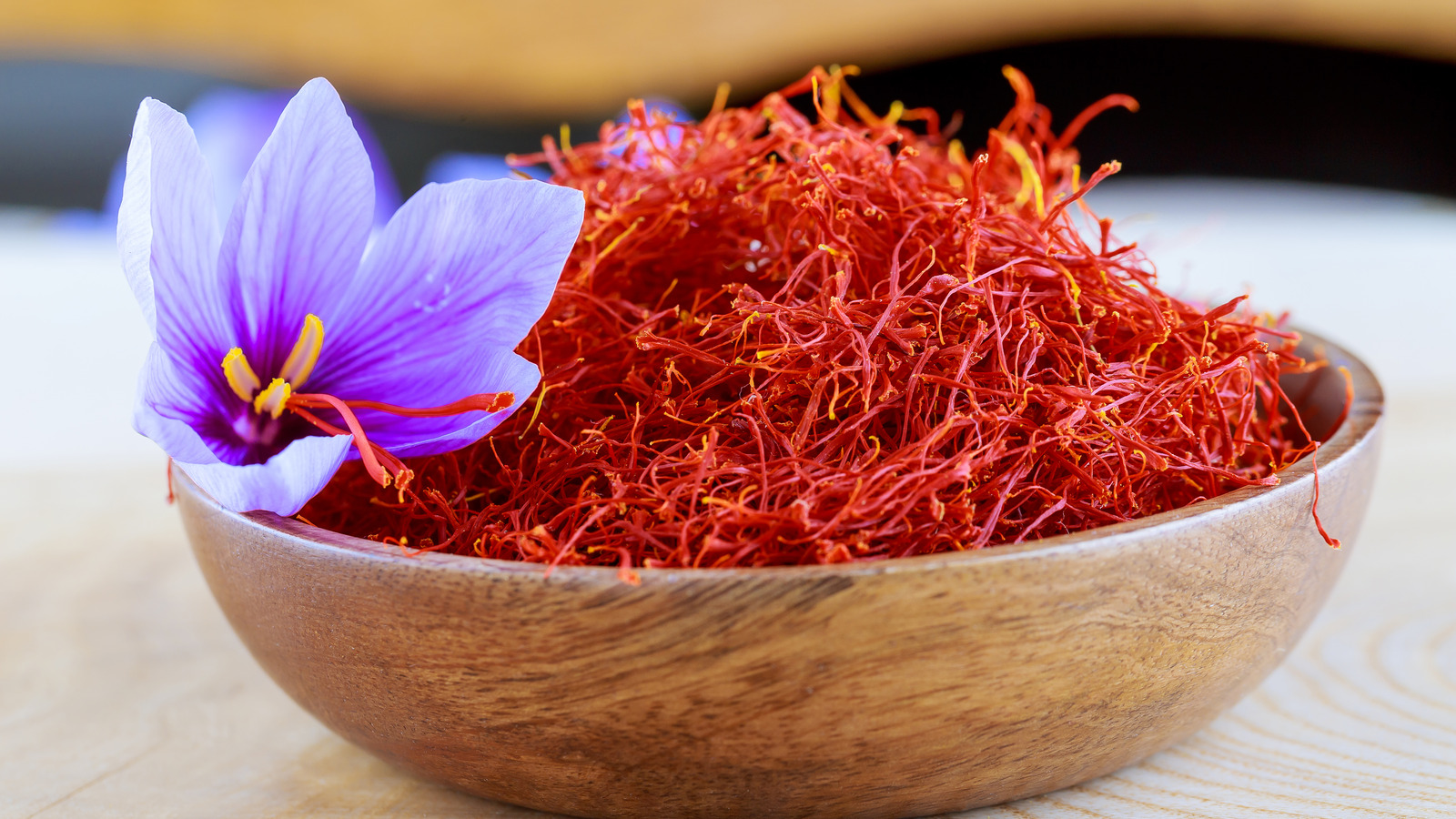Saffron
We export the highest quality of Iranian Saffron

We export the highest quality of Iranian Saffron
Saffron is one of the world’s most precious spices which has been nicknamed “The Red Gold”. Persian saffron has no rival when it comes to its superb flavor, mesmerizing color and excellent quality.
Saffron is the name for the stigmas from the ‘saffron” crocus. There are only three saffron stigmas in each individual flower that is need to be hand-picked. The high cost of saffron is due to the difficulty of manually extracting large number of stigmas, which are the only part of the crocus with the desired flavor and aroma. In fact, it takes over 240000 hand-picked saffron stigmas or 80000 blossoms to make a single pound of this precious product. It takes so much effort to produce one gram of saffron, so it is an apt nickname for saffron “the red gold”.
It is believed that saffron is native to the Middle East, Asia and Mediterranean area. However, the Middle East is the only place where saffron has been originally cultivated. Later on, it was taken to other parts of the world due to the barter trade.
Iran is the biggest producer of saffron which exports this spice to 46 countries all over the world. Besides Iran, Spain, Portugal, France, Germany, Hong Kong, China, Greece, The Netherlands and Switzerland are the other major exporters of saffron in the world. Although, as we mentioned before, Persian saffron has no rival in the world.
In Iran, the individual saffron bulbs are planted between August and September at a depth of about 15-20 cm with a distance of about 10 cm in each direction in the soil. The saffron fields begin to bloom around mid-October. This phase takes approximately three weeks. The saffron harvest must be completed at this interval. Harvesting of saffron starts before sunrise, when flowers still have not opened up. Farmers head to the field and start picking. By the first ray of sun, the flowers magically bloom. Flowers are taken to a shaded area, where men and women sit around the huge pile of flowers and take three stigmas out precisely. Really hard job, isn’t it?
Iran covers about 90% of the world’s 250 tons of saffron production annually. Iran offers the best weather and soil conditions. For this reason, Persian saffron is the best one in the world. So, make sure you add this spice to your souvenir during your travel to this beautiful country. Persian saffron mostly grown in Khorasan and Fars province. You can find saffron lands in Qom and Isfahan as well. If you’re looking for the highest quality of Persian saffron, Ghaenat in Khorasan province is the right spot. Khorasan province produce 95% of Iranian saffron. Hinterlands of Birjand, Ghayen, Ferdows in south Khorasan are its key cropping areas.
Persian saffron is composed of vitamin C and B6, iron and potassium. These vitamins and minerals all together play the magical Iranian saffron benefits. Iranian believed that saffron eradicates sadness and depression. So, if you’re down in the dumps, Persian saffron will do the trick.
Due to its superb coloring and flavoring properties, Persian saffron plays an important role in Iranian cousin. So, use this magical spice in your cooking to reap Iranian saffron benefits. Keep in dark, cool and dry place. You can also make tea with saffron.
Ancient kings used saffron as perfume in their palaces. Its odor profile is bittersweet, leathery, soft and intimate, with an earthy base note.